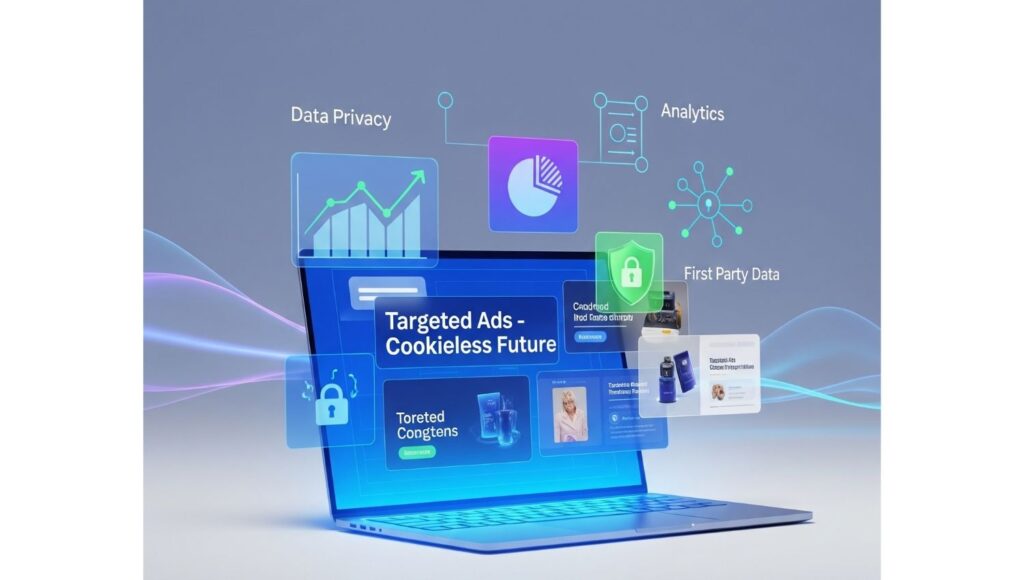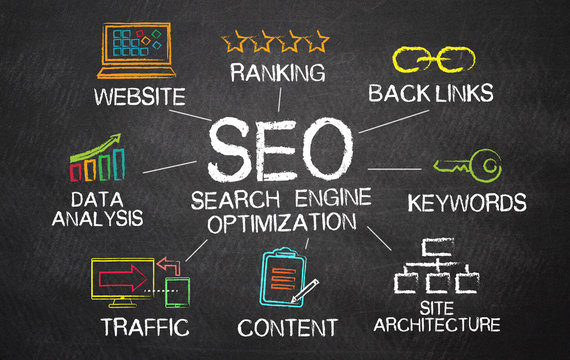Table of Contents
The Cookieless Future: How to Run Ads Without Third-Party Data

Introduction
Since over two decades, third-party cookies have been the linchpin of digital advertising. They enabled advertisers to monitor users across sites, serve personalized ads, and measure performance with accuracy. But with increasing worries around privacy, data security, and transparency, the digital ecosystem is shifting towards a cookieless future.
This change isn’t merely a small refresh—it’s a seismic upheaval that compels advertisers, brands, and publishers to re-architect how they gather, use, and report data. Google Chrome, the global browser leader, is sunsetting third-party cookies in 2025, joining Safari and Firefox, which had already done so.
What does it mean for advertisers? Is targeted advertising over?
Not at all. In fact, it’s the beginning of a new, privacy-first era of digital advertising. In this comprehensive guide, we’ll explore:
- Why cookies are disappearing
- How this shift impacts advertisers and consumers
- Strategies to run ads effectively without third-party cookies
- Emerging technologies shaping the cookieless world
- Practical steps to future-proof your ad campaigns
Understanding Third-Party Cookies
What Are Cookies?
Cookies are small text files stored in a user’s browser. They are used to remember information about a visitor’s session, preferences, and behavior.
- First-party cookies: Set by the website you’re visiting. They help with login sessions, cart items, and user preferences.
- Third-party cookies: Set by domains other than the one you’re visiting, typically ad networks and tracking services.
Why Were Third-Party Cookies So Important?
- Enabled cross-site tracking of users
- Drove retargeting campaigns
- Facilitated lookalike audience targeting
- Enhanced conversion tracking and attribution
Example: You browse running shoes on an online store. You then see Facebook or YouTube ads for those shoes later on. That’s third-party cookies in action.
Why Are Third-Party Cookies Going Away?.
A number of factors have contributed to the demise of third-party cookies:
- Privacy Issues – Consumers desire greater control of their individual data.
- Regulations – Regulations such as GDPR (Europe) and CCPA (California) call for stronger consent.
- Browser Updates – Safari and Firefox disable cookies by default; Google Chrome is to follow.
- Consumer Trust – Companies need to be open to develop loyalty.
The change is not about eliminating targeting altogether but about striking a balance between personalization and privacy.
Impact on Digital Advertising
With the demise of third-party cookies, multiple areas of advertising are impacted:
- Retargeting → Difficulty in re-engaging users across sites.
- Audience Targeting → Lookalike modeling is less effective.
- Attribution & Tracking → Multi-touch attribution is more difficult.
- Measurement → Insights into campaign performance can become less precise.
But advertisers also gain: - Opportunities to build first-party relationships
- Incentives to investigate new adtech solutions
- More trust-based customer experiences
Running Ads Without Third-Party Data
Here’s how marketers can evolve and survive the cookieless future.
1. Create and Leverage First-Party Data
First-party data is data you gather directly from customers. It’s precise, trustworthy, and privacy-friendly.
Sources of first-party data:
- Website analytics (Google Analytics 4)
- CRM data (email, phone numbers)
- Purchase and transaction history
- Mobile app use
- Newsletter registrations, loyalty programs, surveys
How to utilize it in ads: - Build custom audiences from CRM lists
- Retarget customers with email and SMS marketing
- Construct lookalike audiences from customer behavior
- Tailor offers by studying purchase behavior
Example: A fashion brand can use email signups as a first-party audience to Meta Ads and scale through lookalikes.
2. Harness Contextual Advertising
Prior to cookies, ads were being placed on the basis of context—and contextual targeting is coming back into favor.
Example:
- A fitness supplement brand running ads on health blogs
- A travel agency promoting deals on tourism websites
Benefits of contextual ads: - 100% privacy-friendly
- Higher engagement from intent-driven audiences
- Brand-safe placements
Instead of following users, ads now align with the environment where intent is high.
3. Utilize Google’s Privacy Sandbox
Google is introducing new APIs under its Privacy Sandbox to balance privacy with ad effectiveness:
- Topics API → Segments users into wide interest areas without personal tracking.
- FLEDGE → Supports remarketing without cross-site tracking.
- Attribution Reporting API → Tracks conversions without exposing user identity.
Advertisers need to begin testing these solutions as Chrome makes the switch.
4. Implement Server-Side Tracking
Rather than using browsers, brands can switch to server-side tracking.
Examples:
- Facebook’s Conversions API
- Google Tag Manager server-side
Benefits: - More precise data
- Less data loss due to ad blockers
- Improved compliance with privacy legislation
5. Discover Universal Identifiers
Adtech firms are developing universal ID systems such as Unified ID 2.0, which substitute cookies for anonymized IDs (e.g., hashed email addresses).
- Cross-platform compatibility
- Respects privacy
- Provides advertisers with reliable targeting
6. Prioritize Content Marketing & SEO
With reduced tracking, organic growth is the way forward:
- Optimize blogs for SEO to drive inbound traffic
- Release thought leadership content
- Leverage video marketing for brand recognition
- Create evergreen content hubs
Quality content breaks reliance on paid advertising and builds enduring visibility.
7. Bolster Direct Customer Relationships
Cookieless times call for more intense brand-customer relationships.
- Implement loyalty programs
- Leverage personalized newsletters
- Provide exclusive offers for subscribers
- Create communities on LinkedIn, Slack, or Discord
Rather than renting audiences via advertisements, brands need to own their relationships.
Actionable Steps to Get Ready for the Cookieless World
- Review your existing ad spend – How much is reliant on third-party cookies?
- Migration to GA4 – Tracking based on events, not cookies.
- Invest in Customer Data Platforms (CDPs) – Such as Segment or BlueConic combines customer data.
- Enhance Consent Management – Opt-ins should be clear and intuitive.
- Experiment with cookieless ad solutions – Contextual ads, server-side APIs, Privacy Sandbox.
- Train your team – Educate marketers to stop thinking cookies.
Challenges & Opportunities Ahead
Challenges:
- Precision targeting is in decline
- Attribution modeling is becoming harder
- More competition for first-party data
Opportunities:
- Ethical, privacy-first advertising gains trust
- Greater dependence on creativity and content
- Brands become independent of third-party data providers
FAQs
Q1: Will retargeting ads still exist?
Yes, but they’ll be dependent on first-party data, walled gardens (Meta, Google), and FLEDGE-like technologies.
Q2: Is contextual advertising effective as opposed to cookie-based ads?
Yes. Contextual ads are better aligned with user intent, which tends to result in more engagement.
Q3: What should businesses do immediately?
Begin collecting and activating first-party data, implement GA4, and test cookieless ad solutions.
Q4: Will SEO play a larger role in the cookieless world?
Indeed. Organic visibility via SEO and content marketing will become more crucial than ever.
Conclusion
The demise of third-party cookies is not the demise of digital advertising—it’s the beginning of a privacy-first marketing era.
Brands that will succeed are those that:
- Invest in first-party data collection
- Adopt contextual and server-side solutions
- Implement Privacy Sandbox APIs and universal IDs
- Create authentic, trust-driven customer relationships
Rather than dreading the cookieless world, view it as an opportunity to serve ads that are wiser, clearer, and more effective.


